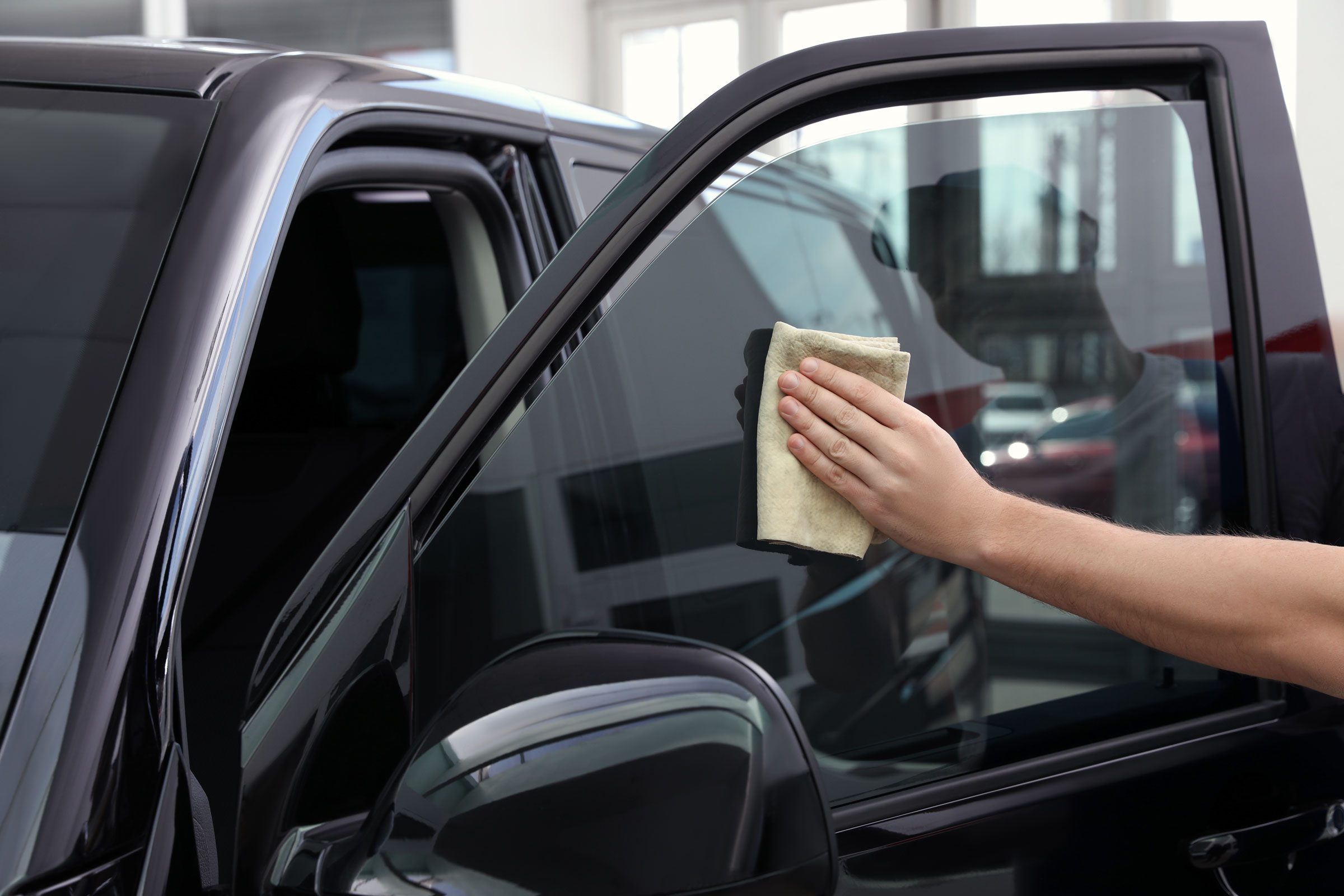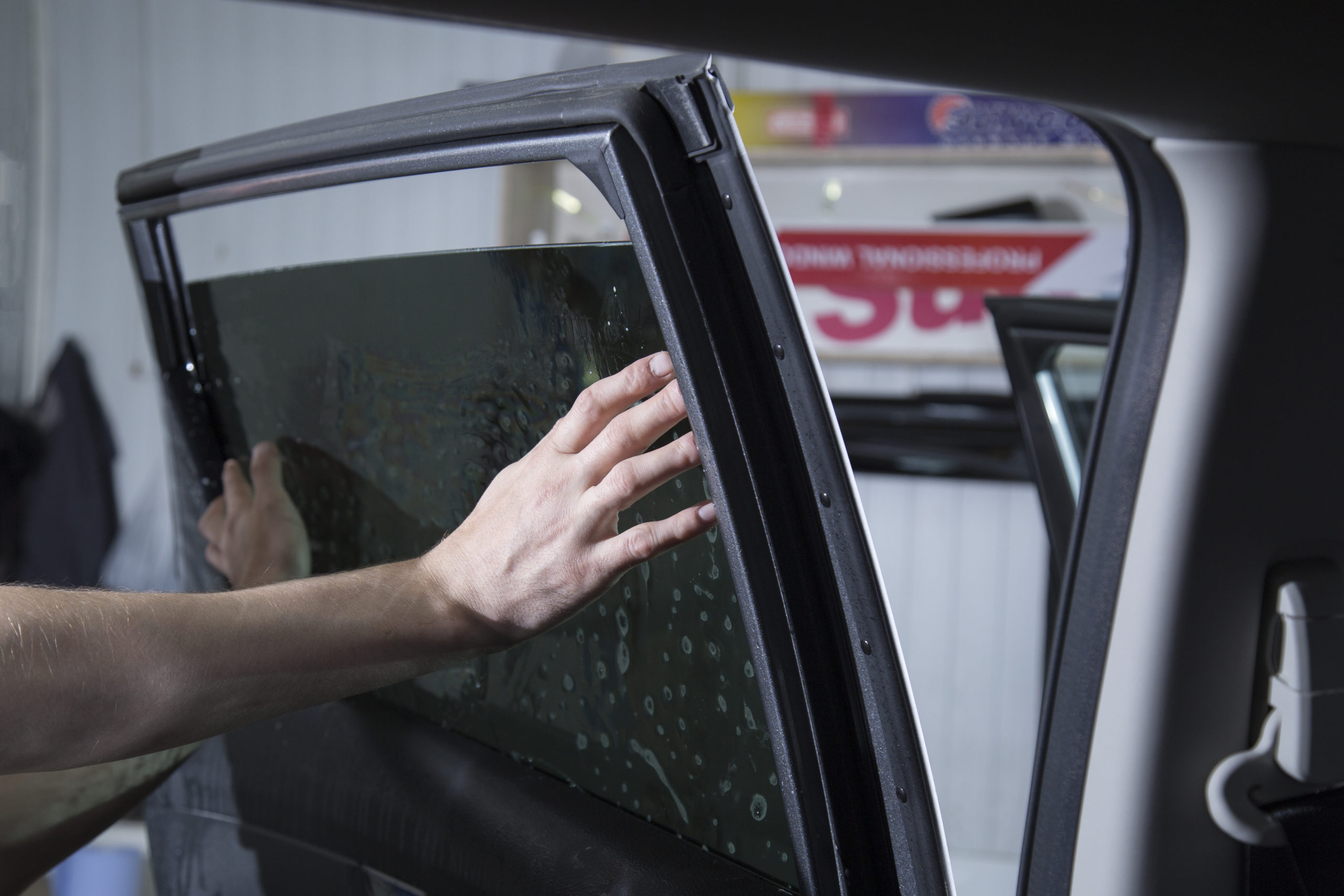Window Tinting Laws and Guidelines: What You Need to Know Prior To Tinting Your Cars And Truck
Before continuing with window tinting for your car, it is vital to acquaint on your own with the varied regulations and standards that regulate this method across various states. These policies dictate the permitted degrees of color darkness, frequently measured by noticeable light transmission (VLT) percentages, and consist of specific terms for front windshields intended at ensuring roadway safety. In addition, particular territories may provide clinical exemptions for people with qualifying conditions. Understanding these intricacies can conserve you from potential legal implications, yet what are the certain rules in your state?
Overview of Window Tinting Regulations
Window tinting regulations are frequently subject to variant throughout various territories, showing neighborhood policies and security factors to consider. These laws dictate the acceptable levels of color darkness and reflectiveness on car home windows, making certain that motorists maintain adequate presence while also shielding against damaging UV rays and warm.
Most regulations classify home window tinting based on the Visible Light Transmission (VLT) portion, which suggests the quantity of light that can pass through the home window. Usually, reduced VLT percentages indicate darker colors. Regulations commonly distinguish in between the front, side, and back windows, with more stringent constraints put on the front windscreen to enhance safety and security for both the driver and other road users.
Furthermore, some jurisdictions impose limitations on the reflectivity of the color, avoiding too much glare that can impair visibility. Exemptions to these regulations might exist for people with particular medical problems calling for added sun defense. Conformity with home window tinting guidelines is critical, as infractions can cause penalties, compulsory removal of the color, and potential increases in insurance coverage costs. For that reason, it is crucial for lorry owners to acquaint themselves with regional legislations prior to continuing with window tinting installments.
State-by-State Color Laws
Comprehending the particular window tinting guidelines in each state is crucial for car owners seeking to comply with the regulation. Each state in the U.S. has developed its own set of policies governing window tinting, which can vary considerably. These guidelines often dictate the allowed degrees of tint darkness, the sorts of windows that can be tinted, and any kind of medical exemptions that may use.
For circumstances, states like The golden state have rigid restrictions on color darkness for front home windows, while others, such as New Mexico, may allow darker colors. Furthermore, specific states mandate particular presence percents for various home windows, including the windshield, front side windows, and rear home windows. It is vital for vehicle owners to acquaint themselves with their state's regulations to stay clear of prospective fines or penalties.
Furthermore, some states may need a qualification sticker label to be put on tinted windows, indicating conformity with state laws. Failing to abide by these laws not only risks lawful consequences however can likewise affect safety and security and visibility while driving. As a result, automobile owners should carry out thorough research or consult regional authorities to ensure full understanding and conformity with state-by-state color policies.
Allowed Color Degrees and Kinds
Numerous vehicle proprietors may be amazed to find out that allowed color levels and kinds vary widely across different states. Each state has established its very own guidelines concerning the allowable go to website darkness and reflectivity of window color, usually determined by Visible Light Transmission (VLT) portions. VLT describes the amount of light that can pass via the tinted windows; hence, a lower portion suggests a darker color.

In addition, the sorts of tint materials permitted can differ, with some states banning metallic or mirror-like coatings. It is important for car owners to familiarize themselves with their state's specific laws to ensure conformity. Non-compliance can result in penalties, mandatory elimination of the tint, or other legal repercussions, making it crucial to comprehend these laws prior to continuing with installation.
Medical Exemptions for Tinting
While not all states supply allowances for clinical exceptions regarding home window tinting, those that do recognize the requirement for details individuals to boost visibility and convenience because of clinical problems. Numerous medical problems, such as lupus, skin cancer, and specific eye disorders, can render people specifically conscious sunlight. As a result, these individuals may require darker tints to secure themselves from dangerous UV rays and glare.

It is essential to keep in mind that despite having a clinical exemption, there may still be constraints on the level of tint allowed. Compliance with state laws makes sure that people are both safeguarded and within legal restrictions. Those thinking about clinical exceptions should call their local Department of Electric motor Autos or equivalent authority to recognize the requirements and treatments essential to make an application for an exception efficiently.
Charges for Non-Compliance
Stopping working to follow home window tinting regulations can bring about substantial fines, which differ by state. Police are equipped to issue citations for cars that do not stick to the defined tinting regulations. These fines normally include fines, which can vary from small amounts to several hundred bucks, depending on the extent of the violation and the state in concern.
In some jurisdictions, duplicated offenses might result in intensifying penalties or extra charges, such as mandatory court looks. Moreover, non-compliance may require the elimination of prohibited tinting, frequently at the owner's expenditure. In extreme instances, regular read this culprits might deal with suspension of their car enrollment until conformity is achieved.
Additionally, insurance effects may emerge from receiving numerous citations for home window color offenses. Insurance companies might watch such infractions as an indicator of riskier habits, potentially causing raised premiums or difficulty in protection.
To stay clear of these fines, it is crucial for automobile owners to familiarize themselves with their regional window tinting regulations and guarantee that their car complies (Window Tinting). This aggressive method not only avoids lawful implications however additionally promotes roadway security
Conclusion

A lot of policies classify window tinting based on the Visible Light Transmission (VLT) percentage, which indicates the quantity of light that can pass via the home window. Compliance with home window tinting guidelines is vital, as infractions can result in fines, mandatory removal of the tint, and potential increases in insurance policy premiums.Comprehending the certain home window tinting policies in each state is important for automobile owners looking for to abide with the law. These laws commonly dictate the allowed degrees of color darkness, the kinds of windows that can be tinted, and any medical exceptions that might apply.
For circumstances, states like California have rigorous constraints on color darkness for front windows, while others, such as New Mexico, may enable darker tints.